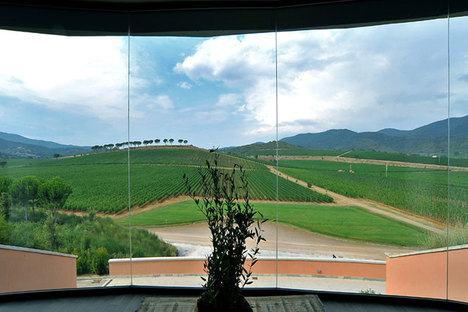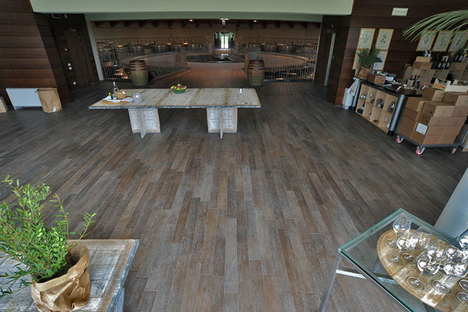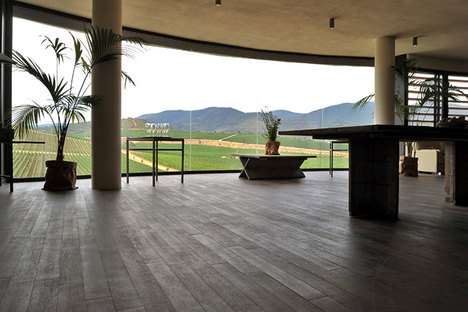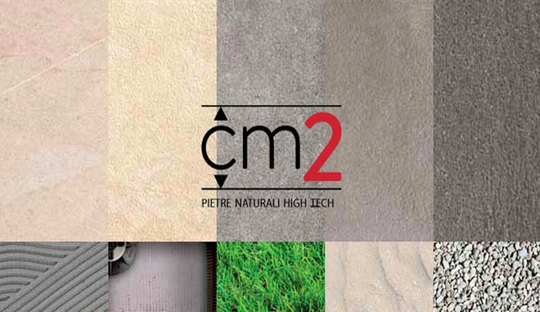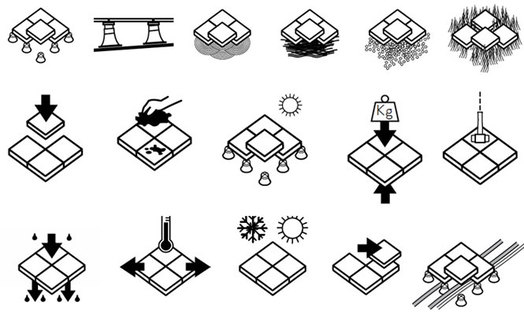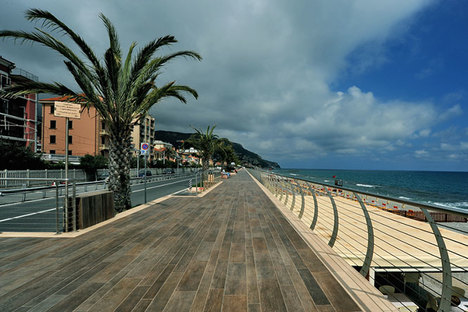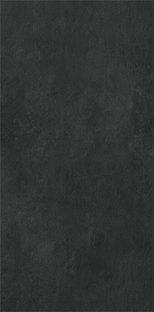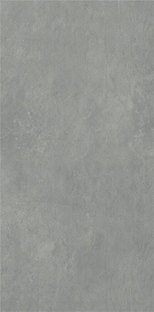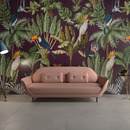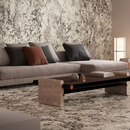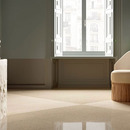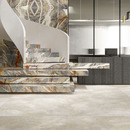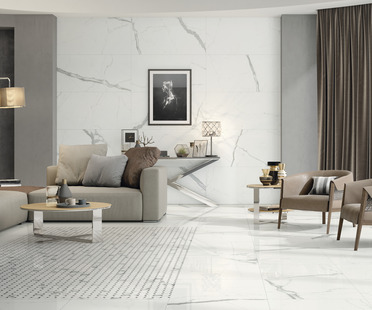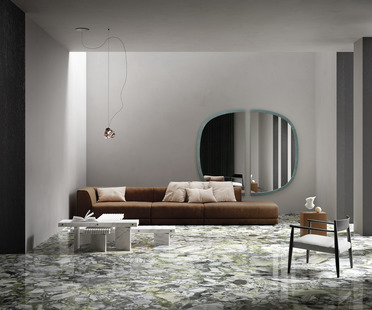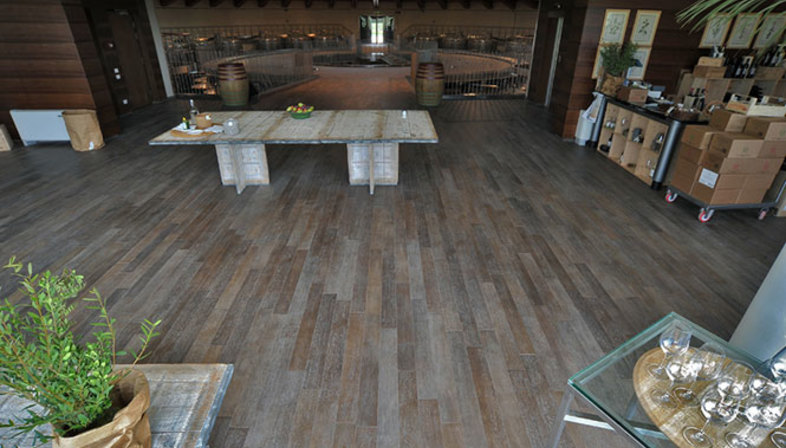


External cladding is the element allowing a construction to communicate with the world around it in one of two ways: harmony or dissonance. This is the choice underlying different theories of architecture. An example will help us understand this aspect of design: if a construction relates to its surroundings through the materials and colours characterising a place, it will very probably attempt to conceal itself from view and express itself through its surroundings; while if cladding is used which contrasts with its surroundings, it expresses an intention of addressing the onlooker and projecting itself toward the observer?s eye. This apparently obvious design choice conceals a number of very specific visual and formal possibilities and, above all, tells us a lot about the architect who designed it, about the iconographic choices the architect makes and his or her relationship with the concept of place. It is interesting to note that surfaces have now become an area of great interest in research aimed at responding to the new formal, chromatic and technical demands of the construction industry. Until a few decades ago the alternatives available to the market were limited to natural or artificial cladding materials, but now the division between the two is thin, as we can easily see if we consider the new cladding materials; many of those of natural origin, for example, are made with an artificial component that preserves their colour and makes them last longer. On the other hand, many materials in the category once defined as artificial are now actually made entirely of natural, environmentally friendly components, even while preserving their outstanding technical properties. The result is that the outer appearance of a construction, independently of the architect?s decision whether to blend in or contrast with the environment, will be a result of the material used to make it, which need not necessarily be of natural origin to establish a feeling of harmony or artificial to create contrast.
One important and very clear example may be found in the use of ceramic in outdoor cladding, as a material suitable for both trends in design, harmony and contrast. Ceramic has natural origins in line with the concept of sustainable production, while on the other hand offering technical features and colours capable of creating contrast. In short, it may be perceived as a material with natural textures and colours or with artificial hues and grain. Examples may be found in Ariostea?s materials. The company produces ceramic tiles in harmony with the image of natural materials as well as surfaces with a bold identity in colours that contrast with their surroundings. The former category includes all the collections inspired by onyx, wood, marble, stone, etc., while the second includes textures and grains similar to cement or monochrome surfaces. We shall look at one example of each type, leaving it up to those interested to discover the company?s complete range in the Ariostea catalogue.
CM2 High-Tech Natural Stones with their natural textures establish harmony with all that surrounds them. This product is ideal for outdoor pavements, for it is easy to apply and permits extremely easy inspection of any installations that may be laid underneath it, and can be quickly repositioned in the event of changes in the laying scheme or substrate. The collection?s thickness and mass guarantee the mechanical strength and long life required for outdoor applications.
The Ultra i Cementi collection, on the other hand, puts the technology of high-tech ceramics at the service of contrasting design. It is perfect for designs intended to attract the eye with its highly visible volumetric expressiveness. Dense, full-bodied colours ensure the impact of bold design through ceramics. The collection is sold in a number of different sizes, from 300X150 cm to 75X75 cm, to offer great flexibility in design.
COMPANY MENTIONED:
Ariostea
PRODUCTS MENTIONED:
Ultra i Cementi
CM2 High-Tech Natural Stones










